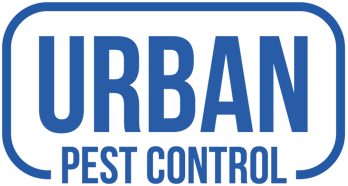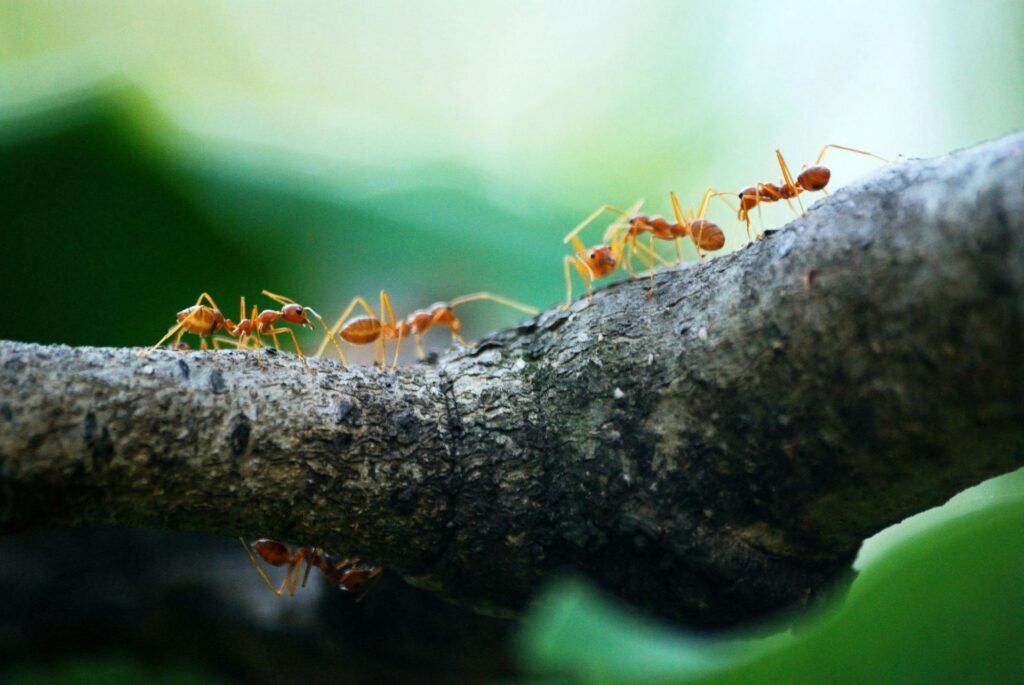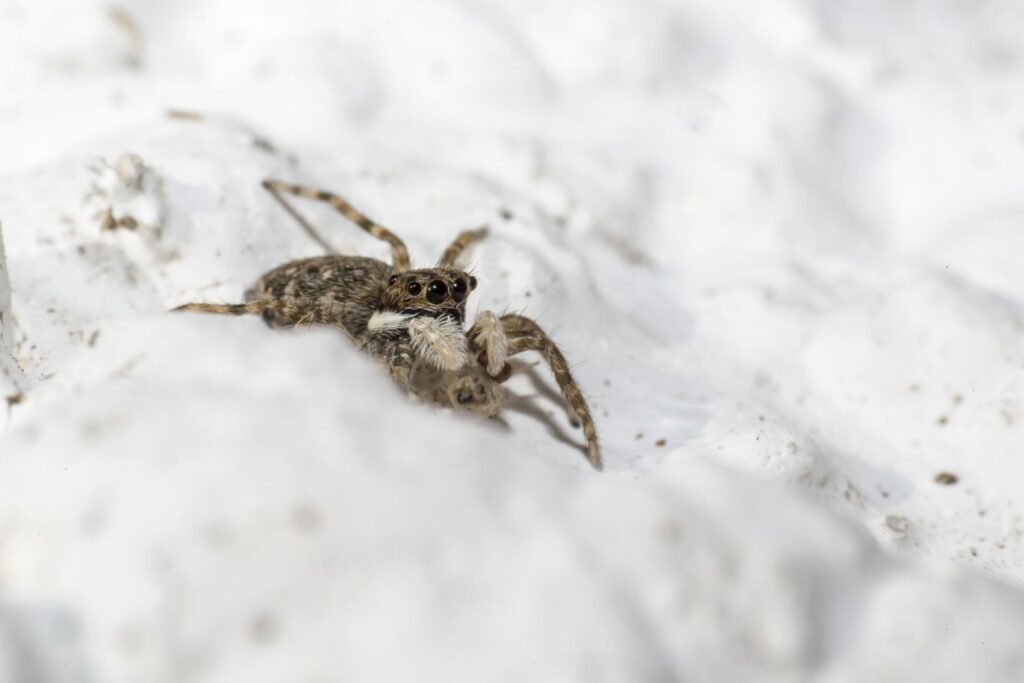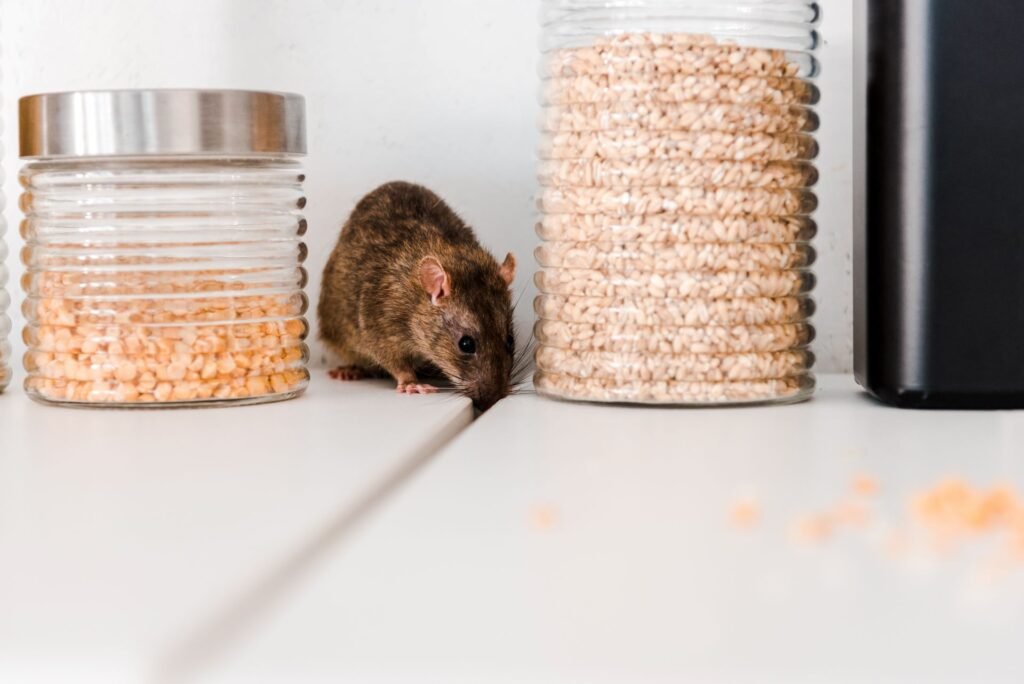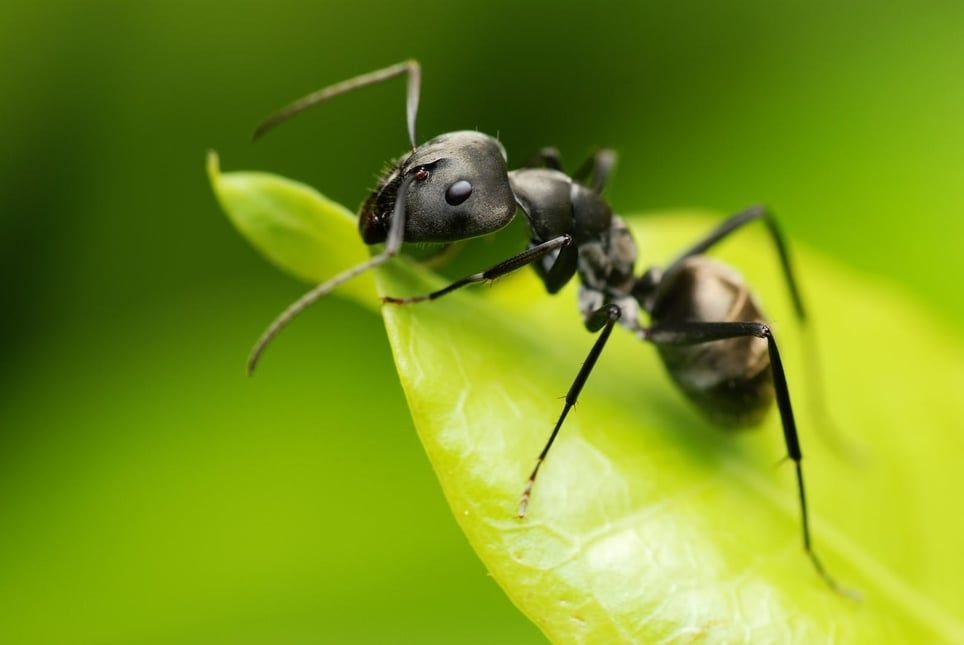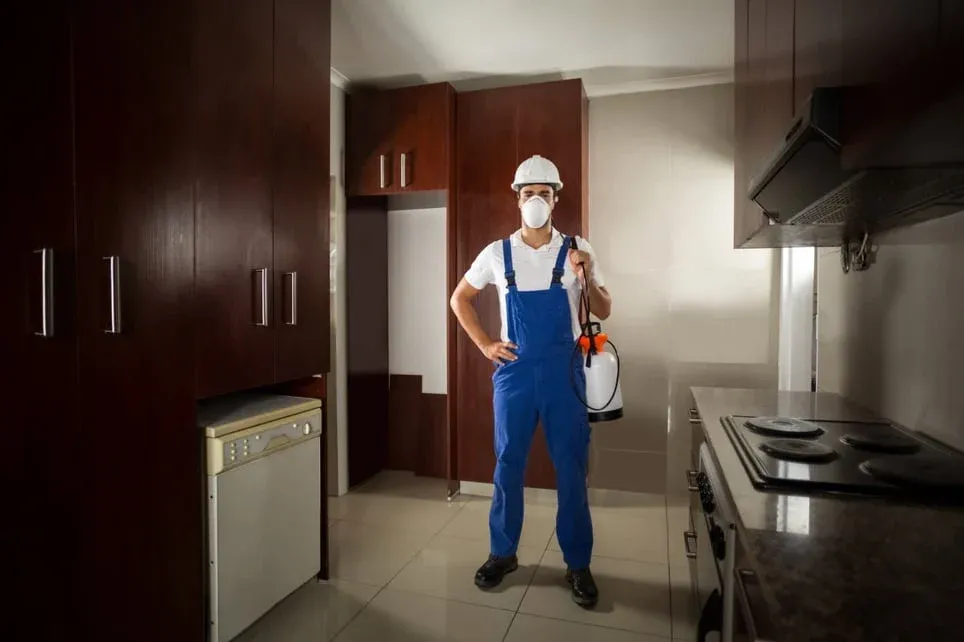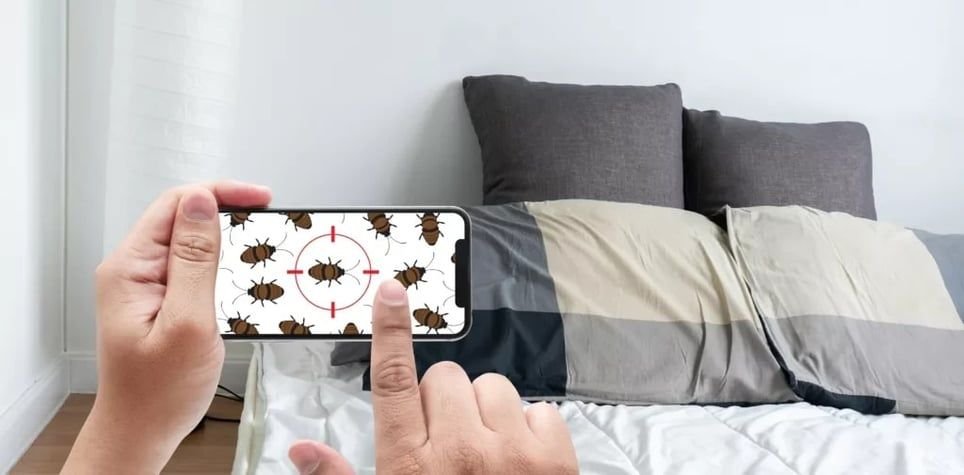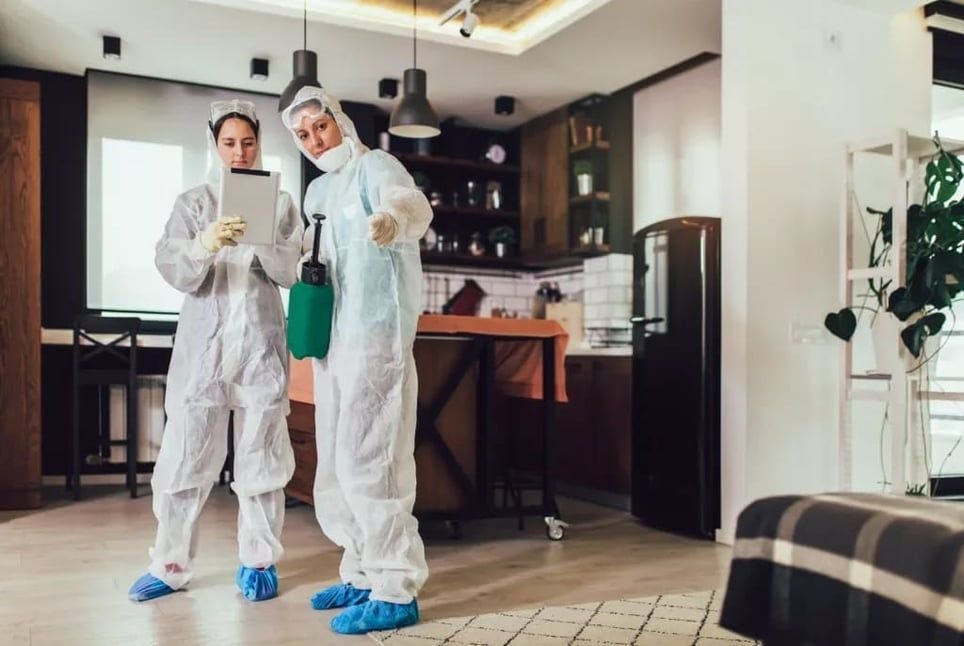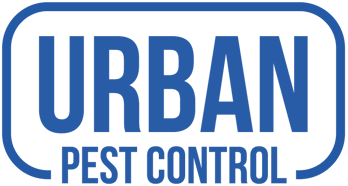Effective Strategies for Keeping Your Home Safe and Pest-Free While Protecting Your Children

Introduction
Pest problems can be a headache for any household, but they pose particular concerns when children are involved. Kids are curious by nature, and this curiosity can expose them to risks if pest control is not managed carefully. Ensuring children’s safety while dealing with pests is crucial for maintaining a healthy and secure home environment.
Household pests like ants, cockroaches, and mice are not just nuisances; they can also carry germs and cause allergic reactions. Some pests might bite or sting, leading to discomfort or even medical issues. Therefore, it’s important to address pest problems promptly while keeping your children’s safety in mind.
In this article, we’ll cover various strategies to protect your children during pest control activities. This includes identifying common household pests, utilizing safe pest control methods, educating children on pest safety, and implementing preventative measures to keep your home pest-free. Following these guidelines can help you manage pest issues effectively without compromising your children’s well-being.
Identify Common Household Pests and Risks
Common pests in homes include ants, cockroaches, mice, and spiders. Ants can invade kitchens and pantries, seeking out crumbs and spills. Cockroaches, often found in dark, damp areas, can spread bacteria and trigger asthma attacks. Mice are notorious for contaminating food and gnawing on wires, which can pose fire hazards. Spiders, while sometimes harmless, can still cause painful bites.
Each of these pests presents risks to children. Ants and cockroaches can contaminate food sources, leading to stomach illnesses. Cockroaches can also leave droppings and shed skins that can exacerbate respiratory issues. Mice, apart from gnawing, can carry diseases like hantavirus. Spiders can deliver venomous bites that might require medical attention. Recognizing the presence of these pests and understanding their risks is the first step to ensuring children’s safety.
Safe Pest Control Methods
There are several non-toxic pest control options that prioritize safety for children. Natural remedies like vinegar and water sprays can deter ants. Essential oils such as peppermint or eucalyptus oil can be effective against a variety of insects, including spiders. Additionally, setting up traps like sticky boards can help capture pests without the use of harmful chemicals.
When applying any pest control products, it’s crucial to do so safely. Always read and follow the instructions on the label. Ensure children and pets are kept away from treated areas until the products have dried or settled. Use baits and traps in places that are out of children’s reach, such as behind appliances or in cabinets.
By opting for non-toxic solutions and following safe application practices, you can manage pest problems while minimizing risks to your children.
Educating Children About Pest Safety
It’s essential to teach children proper pest safety to ensure they know how to stay safe. Explain to them why pests are unwanted guests in the house and the potential harm they can cause. Use simple language and relatable examples to illustrate these points. For instance, you can tell them how ants can spoil their snacks or how a mouse might make them sick.
Here are some important pest safety tips for children:
- Never touch or play with pests.
- Inform an adult immediately if they see any bugs or rodents.
- Avoid putting food crumbs or spills to prevent attracting pests.
- Keep away from areas where pest control treatments have been applied.
Teaching children to recognize and avoid pests is crucial. Show them pictures of common household pests so they can identify them. Explain what they should do if they find a pest, like call an adult and not try to handle it themselves. Reinforce the importance of keeping themselves and their food safe from pests.
Preventative Measures to Keep Pests Away
Maintaining a pest-free home involves regular upkeep and preventive measures. Here are some best practices to follow:
- Keep the kitchen clean by wiping down counters and storing food in sealed containers.
- Take out the trash regularly and make sure bins are covered.
- Fix any leaks or moisture issues, as pests are attracted to water sources.
- Seal cracks and gaps around windows, doors, and foundations to block entry points.
To child-proof pest control measures, use products that are child-safe and store them high and locked away. Consider using enclosed bait stations instead of open traps to prevent accidental contact. Regularly check and maintain these stations to ensure they are effectively controlling pests without putting children at risk.
Another useful tip is to create a schedule for regular inspections and clean-ups to keep potential pest problems at bay. By involving your children in some of these activities, you can teach them the importance of maintaining a clean and pest-free environment.
Conclusion
Ensuring children’s safety when dealing with pest problems requires a thoughtful and proactive approach. By recognizing common household pests and understanding the risks they pose, employing safe pest control methods, educating your kids about pest safety, and implementing preventative measures, you can effectively protect your home and loved ones.
A pest-free home not only promotes health and well-being but also provides peace of mind. Prioritizing safety and cleanliness can significantly reduce the chances of pests becoming an issue.
If pest problems persist or you need professional help, contact Urban Pest Control. Our team offers expert solutions tailored to keep your home safe and pest-free. If you are in need of Alpharetta pest control services, contact Urban Pest Control to schedule an inspection and ensure a safe environment for your children.
